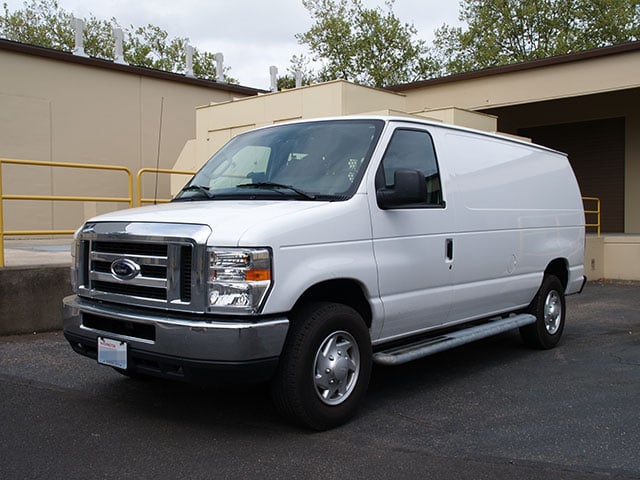guardian452 wrote:
Sounds like you tried some cheap bulbs and got burned by faulty power supplies. I've had good luck with Hyperikon (IMO they are the best), CREE, Samsung, and Luxeon/Lumileds (for automotive). I would avoid Philips, TCP, Feit, or anything with the word "smart" in the product name. [...]
Sort of. Admittedly a lot of the dead ones were Feit, but I've had Cree bulbs go just as well. Actually didn't have too many failures with the Philips ones.
guardian452 wrote:
The lighting needs for Photography/Studio use are quite a bit different from parking lot (or indeed, our workshop/office space like I am retrofitting in my spare time at work).
I didn't think about it at the time when you said highbay lights, but certainly for factory floor or parking lot use, LED is a pretty good candidate. It is also interesting to see the LED streetlights coming out. As far as replacing any of that high voltage ballasted stuff I can see why you'd want to go that way.
However for regular indoor lighting (office or home), I am quite picky about light quality. I guess it comes from doing a lot of photography and a bit of cinema, but color temperature and, to some extent gaps in the spectrum have always been very apparent to me, as well as the multiple shadows from the many point sources etc. For me, a lot of tungsten-like LED spectrum sort of falls in an "uncanny valley." It looks like tungsten at first glance, but something is a bit off, and I find it annoying. It's especially apparent when viewing photo prints or other art, but I notice it just looking at white or beige surfaces as well.
In any case I found that there are a lot of good T8 tubes that are cheap to run and have good spectrum, and using fluorescent also has the nice benefit of being a good soft light source without having to bother to bounce it off the walls.
guardian452 wrote:
The sickly green 90's bulbs may be appropriate here

if you can find some...
Always reminds me of the Matrix. But if you can't find any, just wrap some daylight ones in some plus green gel

guardian452 wrote:
He lost me at the fresnel lenses... He claims that a 650W tungesten bulb outputs 9750lm. Sure! But then putting bulb in a reflector doubles the luminous flux of the bulb to 19500 lm... I don't think that's how luminous flux works

He also confuses power factor with efficiency on multiple occasions.
I mostly just linked the article because I found it interesting how they were cheating on the CRI measurements, but I think those mistakes, as they are, are a confusion of theory and practice. The fresnel certainly doesn't double the flux, but you'd need a bulb with twice as much output without the reflector, if the bulb is an isotropic radiator. Likewise, especially when running on generator (as most sets do), low PF loads are effectively inefficient, as well as being electrically troublesome for many other reasons. I find that practicing electricians make many similar misstatements even if they do properly understand electrical theory.












 [x19]
[x19]
 [x7]
[x7]
 [x4]
[x4]




 if you can find some...
if you can find some...

